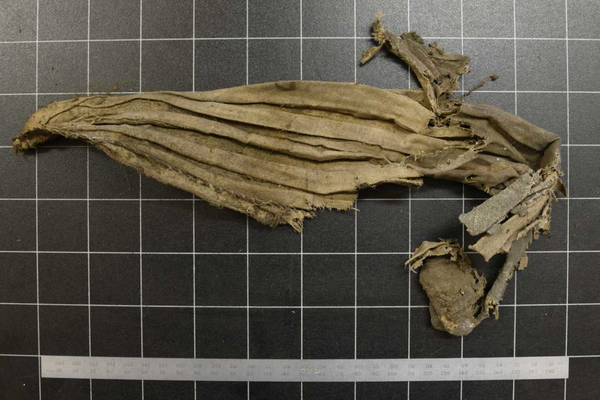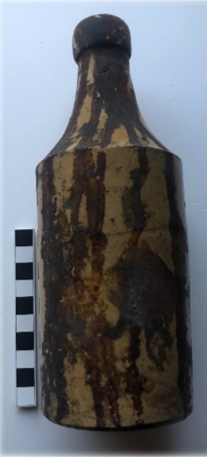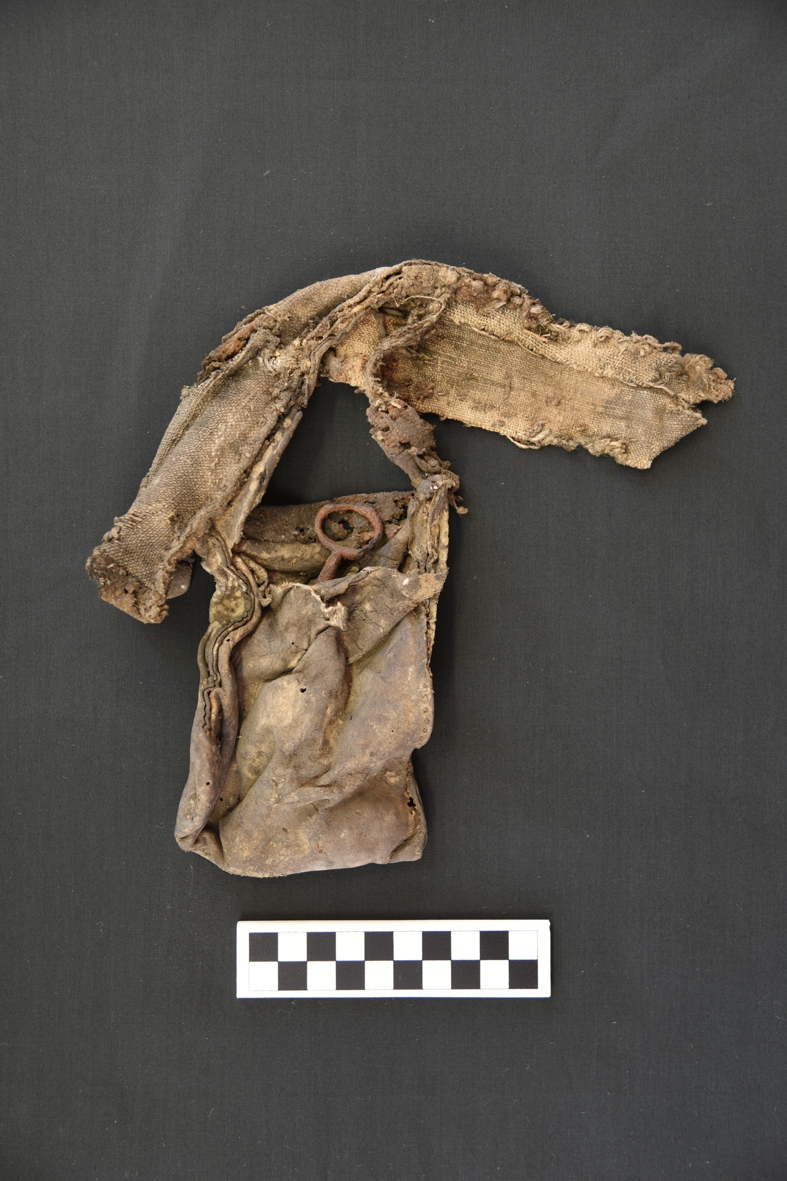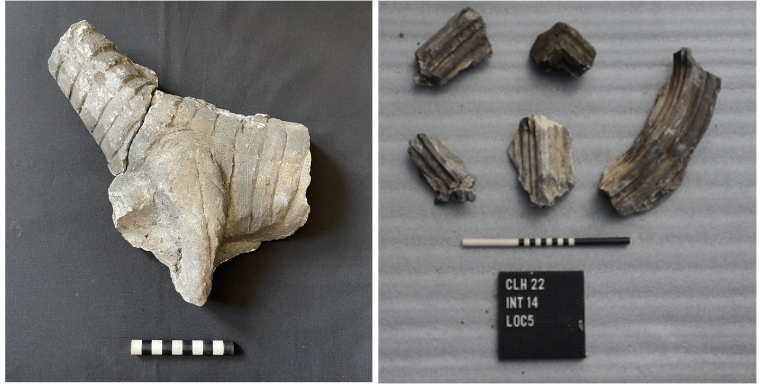It always amazes me how few archaeological objects we find on site during our restorations. All those rising ground levels, all those centuries of soil – but we rarely find any objects, or even fragments, of note. Yet in this respect as in so many others, our current project at Calverley Old Hall near Leeds is proving exceptional.
First, there came the once-in-a-lifetime discovery of the 16th-century painted chamber. Now, the Old Hall’s very walls are yielding an astonishing treasure trove of objects.
In past centuries, objects were often deliberately concealed in a building’s eaves or wall spaces of a building, apparently as good luck charms.
However, at Calverley Old Hall the number of such objects emerging from the walls is surprising even the archaeologists. To date, we have found five distinct areas holding tens of objects, clearly deliberately placed. They are tucked into the wall cavities and eaves of the great hall, the solar, the parlour block. In most cases, the objects are too fragmentary to have been still useful when hidden. Yet following some ancient folk instinct that we no longer understand, past residents clearly thought they carried some power to protect against evil influences, a quality known as ‘apotropaic’.
 A child’s pleated cotton bonnet, found concealed at Calverley Old Hall
A child’s pleated cotton bonnet, found concealed at Calverley Old Hall
Their analysis has required input from specialists in many materials: leather, pottery, cloth, metalwork, bone and plasterwork. There are fragments of slip and stoneware, textiles and felt hats; clay pipe bowls stained with tobacco smoked by Yorkshiremen (and perhaps -women) long ago.
There are scraps and fittings from a horse harness and many offcuts from shoemaking – we know from other research that a cobbler lived on site in the 19th century. We have found six odd shoes, most of them leather and heavily worn, some for adults, some for children. One is a child’s wooden clog.
 Three children’s shoes found at Calverley Old Hall.
Three children’s shoes found at Calverley Old Hall.
Stoneware bottles have been found, one shattered, one whole. These seem to be so-called ‘witch bottles’, hidden containing urine or hair to protect a person from evil spirits.
 A stoneware bottle found at base of a roof truss in the great hall, possibly a witch bottle. The dark brown liquid has finger smears and even fingerprints.
A stoneware bottle found at base of a roof truss in the great hall, possibly a witch bottle. The dark brown liquid has finger smears and even fingerprints.
A white leather ‘pocket’ or pouch was found in the wall between the parlour and lodging blocks. It hangs from a wide belt of gingery brown cloth, with a lining of coarsely woven linen. From the mid- 17th century, such ‘tie-on’ pockets were worn by women tied around their waist, perhaps under an apron. Inside the pocket is a small iron key. What did it unlock? What secret was its owner placing beyond discovery?
 A tie-on pocket to keep a key safe.
A tie-on pocket to keep a key safe.
What do these objects tell us?
These finds place us within touching distance of the lives of people from long ago. The Old Hall began to be converted into cottages from the late 17th century, when the dreadful murders of 1605 were still within living memory. The internal spaces were soon adapted beyond all recognition but it seems a lingering folk fear drove the inhabitants to seek protection from the event’s malign influence. The only explanation for these depositions is that the cottagers believed that remnants of personal possessions had powers to protect their owners from harm, and so surrounded themselves with such scraps by tucking them into the walls.
The finds could belong to anywhere between the 17th and 19th centuries - such humble everyday objects and scraps are hard to date. As well as their sheer number, the Calverley finds are significant for this unusually long period of deposit. This, and the variety of objects placed, makes the Calverley deposits an important case study, significant for Yorkshire and nationally. We’ll look forward to publishing them more formally in due course, once we are sure there are no more to be found and once the finds have all been plotted to see if there is any particular logic to their placement.
As well as personal fragments, we have also found pieces of decorative plasterwork carefully hidden away. These help us imagine the richness of the historic interiors. They probably come from a highly decorated ceiling and overmantel from the late-16th century, perhaps in the painted chamber. Two of these fragments may be part of a heraldic beast: did they support the Calverley arms above a chimneypiece? We’re hoping to deduce more on the plasterwork designs as more material emerges.
 Plaster fragments, one perhaps from a heraldic beast on a chimneypiece (left), the rest from ceiling ribs.
Plaster fragments, one perhaps from a heraldic beast on a chimneypiece (left), the rest from ceiling ribs.
What do we do with such objects?
As humble fragments of everyday objects, finds like these generally have little intrinsic value beyond their placement in the building. This would be lost if they were decontextualised in a museum display. After careful recording and analysis, Landmark’s general practice is therefore to replace such objects where we found them, to be conserved as part of the historic fabric of a building.
For us today, such objects infuse the walls of Calverley Old Hall with very different meanings from the fear that originally prompted their deposition. Instead, they give us a powerful net of rich association with the lives of our many predecessors at Calverley Old Hall who lived out their quieter lives within its sheltering walls.
September 2022
With thanks to our archaeologists at FAS Heritage of York for the images.